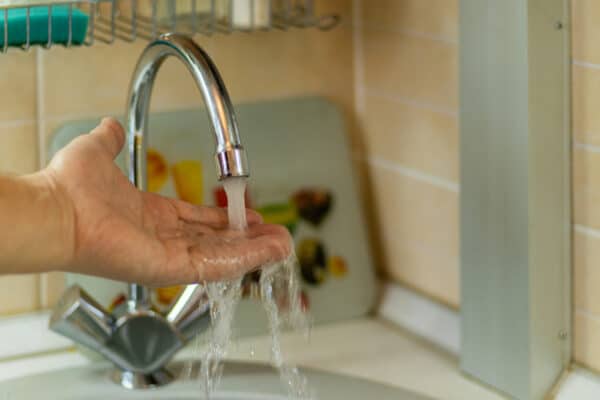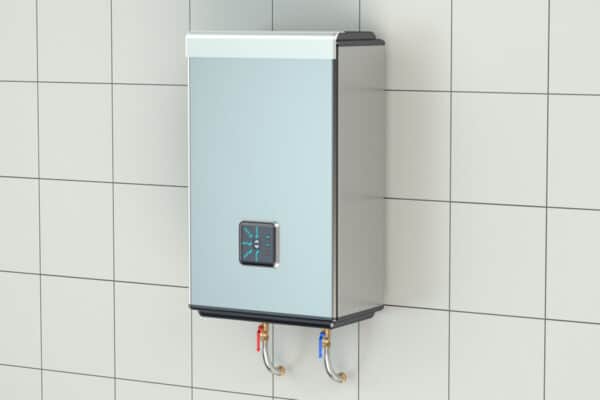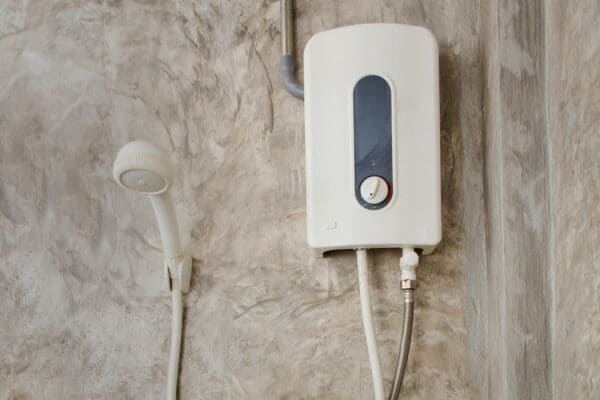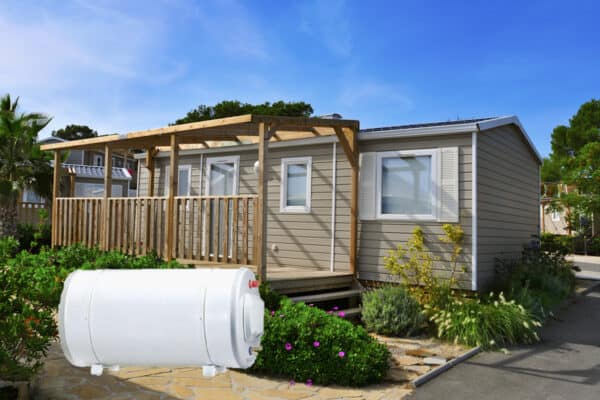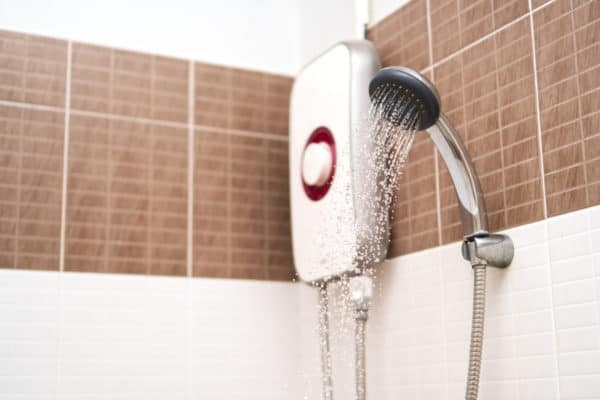Do Electric Water Heaters have an Anode Rod?
Many people are switching to electric water heaters. However, they are not familiar with electric water heaters and thus, they wonder if electric water heaters have an anode rod? So, let me explain.
Tankless electric water heaters don’t have an anode rod but storage electric water heaters do have an anode rod. The anode rod usually comes with the heating element on a storage electric water heater. But, it can be replaced independently.
An anode rod is essential for all storage water heaters including electric storage water heaters. However, finding and replacing it can be tricky.
Where is the Anode Rod on an Electric Water Heater?
If you’re using a tankless electric water heater, you don’t have to worry about changing the anode rod because it doesn’t have or need one.
But, if you have a storage electric water heater, you need to replace the anode rod once in a while.
The anode rod on a storage electric water heater is often attached to the heating element. Hence, you first need to find the wiring panel cover and remove it to access the heating element.
Below is a photo captured after removing the panel cover of an electric storage water heater:

Be careful because once you open up the panel, you’ll see a bunch of wires. You certainly want to make sure that you cut off the power supply to the water heater entirely.
You should see a piece of metal at the center and that is the back of the heating element. The anode rod is attached to the heating element on the inside, not visible from the outside.
How to Remove the Anode Rod from an Electric Water Heater?
Sometimes, you may find the anode rod is separated from the heating element. If that’s the case, you can pull out the anode rod easily.
However, most electric storage water heaters have a combined heating element and anode rod. So, you need to pull out the heating element from the water heater first.
Below is a photo showing the inside of an electric storage water heater:

As you can see from the above photo, the anode rod is attached to the heating element. So, you have to pull out the whole thing in order to replace the anode rod.
Take note that the thermowell is also attached to the heating element. Do not mistake it for the anode rod. The thermowell is used to house the temperature sensor of the thermostat.
If you’re curious about the function of the cold water and hot water nozzles, I’ve explained them in my post How Electric Storage Water Heaters Work? alongside other components.
Below is a photo of how to remove the anode rod from the heating element:

Now, you just need to unscrew to remove the anode rod from the heating element.
Sometimes, the anode rod may be attached to the heating element by means of insertion. If that’s the case, simply pull the anode rod out of the heating element.
Can You Run an Electric Water Heater without an Anode Rod?
The function of the anode rod in an electric water heater is to attract corrosive substances in order to reduce the corrosion strength of the water against the water heater thereby prolonging the lifespan of the water heater.
Anode rods by no means can prevent a storage water heater from ever rusting. However, they do prevent a storage water heater from leaking after using it for a few months.
Often, a storage water heater leaks because there is a small hole or crack on its tank body due to rust caused by water corrosion. However, it could be a defect also.
With or without an anode rod, an electric water heater can still run. The hot water temperature and the hot water flow rate will not be affected.
However, the risk of getting a punctured tank and a faulty heating element is higher without an anode rod because corrosion happens faster inside the water heater, especially with hard water.
Conclusion
Tankless electric water heaters don’t need an anode rod because they don’t store water. However, storage electric water heaters do have an anode rod to reduce water corrosion and the anode rod is often attached to the heating element.
If you have anything to add (or ask) about this topic, leave a comment down below!



